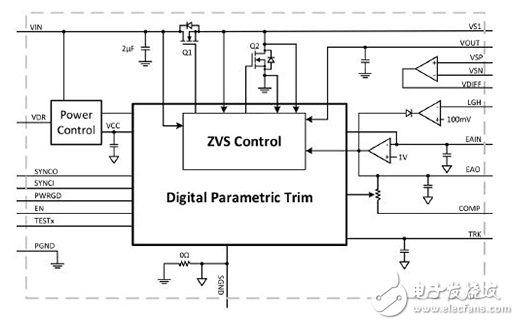
资料下载

提高系统功率密度的技术
提高系统功率密度的技术
随着产品尺寸的缩小,有持续的压力,电源设计师,以减少功率转换器,如DC / DC和AC / DC转换器的大小,同时保持性能。然而,简单地获得电力的负载,只有一个故事的一部分:效率必须优化和电磁干扰降低,除了确保系统是坚固耐用,足以实现预期的应用。尽管如此,开发一个功率链,占用更少的空间将允许更多的空间,为系统的其他部分,幸运的是,设计师现在可以利用多种方法来提高功率密度和修剪这些功率转换器的大小。在PowerBlog,directly1 Vicor最近解决了这个问题,提出缩小电源的大小的七种不同的方法。这些措施包括使用更小的组件,消除散热器,产品利用多余的空间,避免使用大电容,减少过滤器,改变母线电压,并在配电系统的切割转换阶段。

One way to use smaller components is to use higher-switching frequencies. However, higher-switching frequency can result in higher-switching losses and, in turn, lower conversion efficiency. However, by selecting the right topology for the frequency, switching losses can be minimized to achieve high efficiency. Let’s look at one example, Vicor’s ChiP bus-converter modules (BCM)。 By combining resonant topology with advanced packaging such as Vicor’s Converter housed in Package (ChiP), BCM modules can deliver over 1 kW of power from a miniature package with 5 times improvement in power density as compared to similar solutions in the market. In addition, these modules are designed to realize over 98 percent efficiency with power density as high as 2750 W/in3 (167 W/cm3).
声明:本文内容及配图由入驻作者撰写或者入驻合作网站授权转载。文章观点仅代表作者本人,不代表电子发烧友网立场。文章及其配图仅供工程师学习之用,如有内容侵权或者其他违规问题,请联系本站处理。 举报投诉
- 相关下载
- 相关文章







